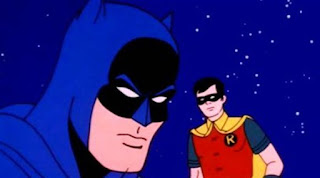Blastoff into Independence

In the Bluey episode "Sleepytime" , we see a beautifully crafted story that teaches children about growing up, independence, and the bond between parent and child, all while using strong story elements such as plot, theme, symbolism, and character development. The episode transitions into a surreal dreamscape where Bingo embarks on an adventure through space, represented by her dream world. At the same time, real-life events in the family’s home unfold as Bingo and Bluey move around in their sleep, with Chilli and Bandit (the parents) adjusting to their children’s restless movements. The narrative creates a parallel storyline, blending dreamlike fantasy with relatable real life family dynamics. The plot of the episode is with Bingo wanting to be a "big girl" and sleep through the night alone without the help of her parents, a moment everyone at some point in their lives experiences. The theme itself is independence and growth reflecting the progress of children ...

